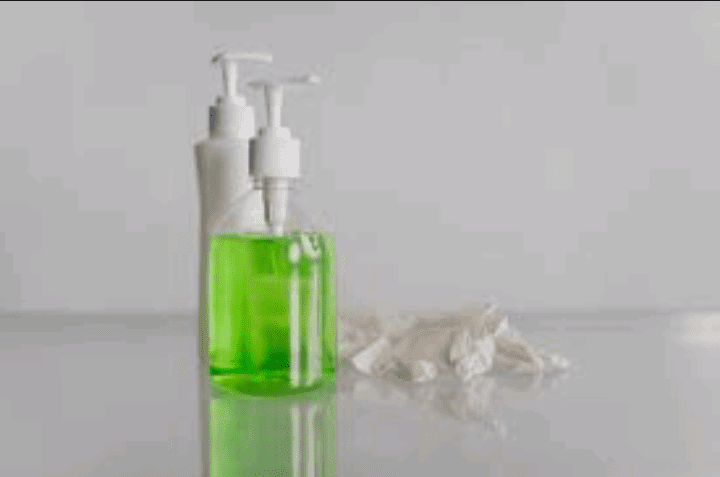Here’s a complete guide on how to produce liquid soap. Hydrometer or limos paper should be used to test the acidity of the solution which is normally caused by caustic soda. When it reads green it means that the acidity level is alright, when yellow or white it is neutral, but when it reads red the acidity is very high.
Starting a business can be frustrating considering some factors like capital, infrastructures, time management etc. It has not also been very easy for already existing businesses in the country as they also struggle daily to meet up their expectations on their different businesses as regards to sales, exposure and growth performance of their firms.
Meanwhile starting little and growing from there can be a very good idea for every intending entrepreneur as this does not only give you the opportunity to grow on the business, it also helps to equip you for a brighter future, identify your mistakes and correct them as not to allow them reoccur in the future thereby leading to the growth of your business and understanding the full operation methods of your business.
You can either add soda flakes to increase acidity or add industrial salt to reduce acidity depending on your result.
Click here to also learn “How to Produce Toilet/Medicated Soap“.
It is also important to know that for you to make liquid or detergent soap, the rate of PKO to caustic soda is 2:1 that is for every 10 liters of PKO you need 5 liters of caustic soda.
Safety Precautions/Measures when making a Liquid Soap
Some of the important safety precautions and measures anyone making a soap should strictly adhere to include but not limited to the following:
1. Focus – always avoid distractions and put your mind on the steps to be taken as failure to concentrate might lead to chemical spills or injuries.
2. Wear protective clothing which you must remove at the end of the whole procedure, these include,
- Shoes
- Eye goggles
- Long sleeves
- Hand gloves
- Nose guards. These are to prevent your skin from any accidental spill of chemical.
3. Keep all the Chemicals in a separate place away from the reach of children. You don’t want to expose your little ones to any form of danger!
4. Keep (If possible) a bottle of vinegar around you during the procedure. If you accidentally spill any chemical on the ground, pour some of the vinegar on the spot as this helps to neutralize the effect of the poisonous chemical.
5. Use common sense – in every circumstance, there are times when you just have to apply the use of common sense in situations where there might be no clearly stated rules of engagement.
Always follow the rule of “safety first”. Just make sure you do what would keep you and your loved ones safe.
Below are the list of the materials/Ingredients needed, their required quantities and their functions:
Materials/Ingredients Needed for Liquid Soap:
- Water
- Natrosol – thickener
- Caustic soda (½) or soda ash (½)- cleansing agent
- Sulphonic acid – foaming agent and cleansing agent
- Texapon- foaming agent
- Sodium silicate
- Perfume
- Colorant
- Formalin- For preservation
Procedure for Liquid Soap:
- Mix one kg of natrosol with 20 liters of water and stir
- Put caustic soda ½kg or soda ash ½ kg in 1 liter of water separately
- Mix 3 liters of sulphonic acid and a liter of Texapon
- Mix all solutions together 1, 2 and 3
- Add little sodium silicate
- Add perfume and color
- Stir properly and add formalin
By now am sure you must know how to produce a liquid soap for commercial use and earn money through the sales.
Related: How to Use Google My Business to Get More Customers
